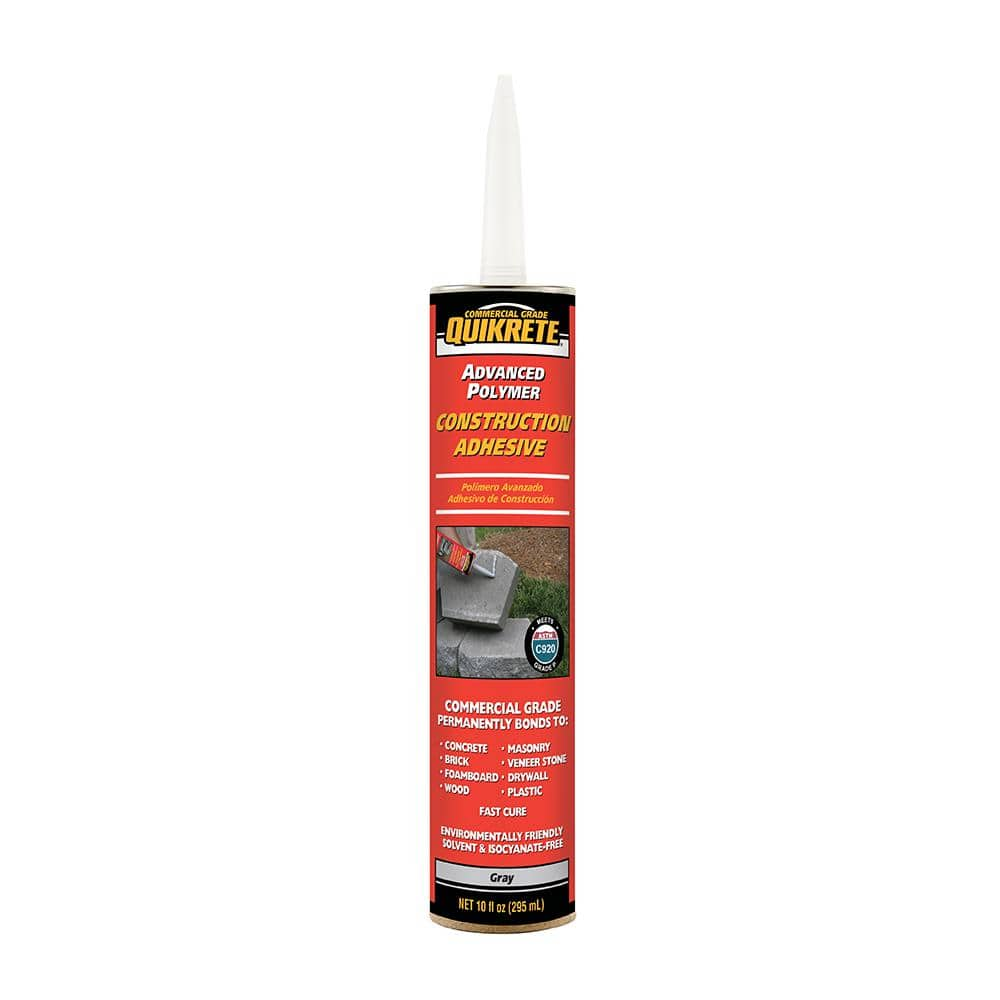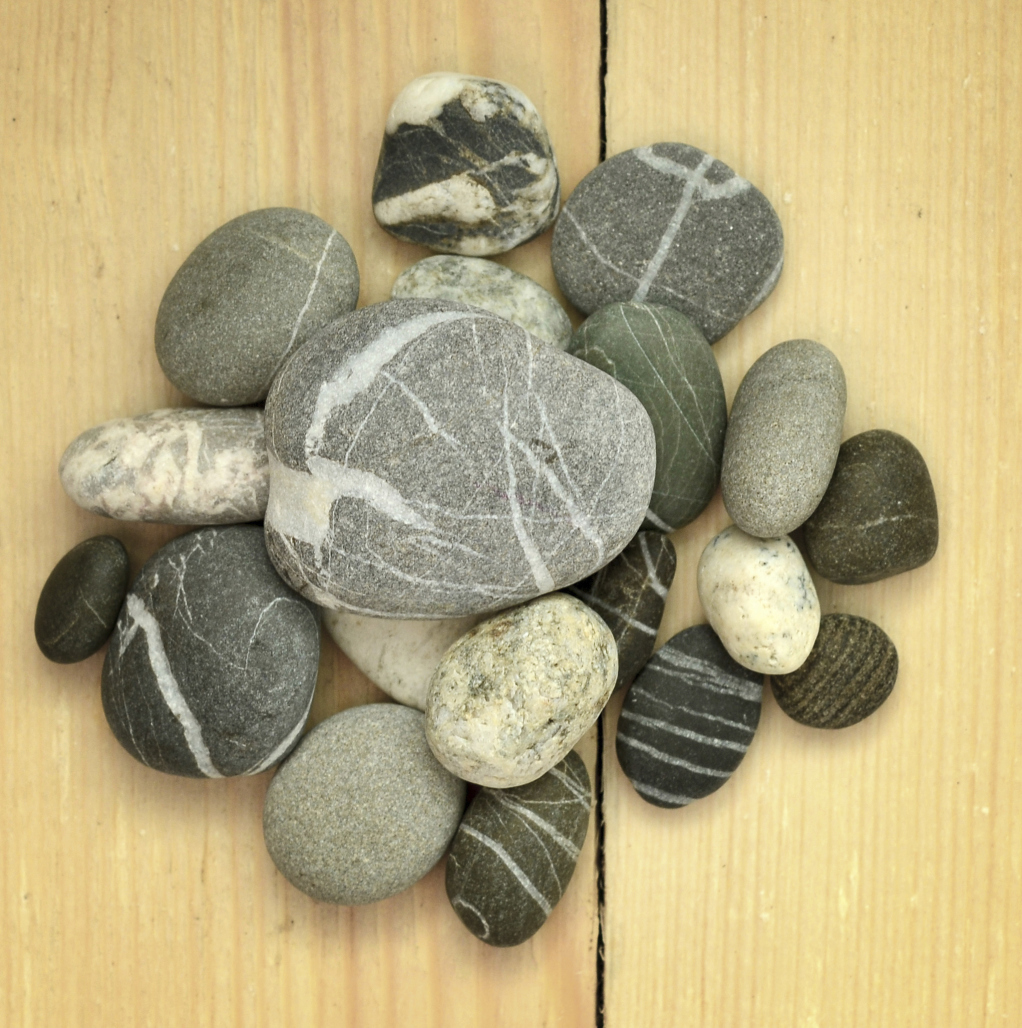When it comes to creating bespoke stone crafts or repairing a cherished rock garden feature, knowing how to glue rocks effectively is essential. The process of rock adhesion is both an art and science, involving the selection of the appropriate materials and methods to ensure a lasting bond. Whether you are a hobbyist or a professional, mastering this skill can lead to the successful completion of your stone projects.
Choosing the Right Glue for Stone
Different Types of Adhesives
Not all adhesives are created equal, especially when it comes to the task at hand — to glue stones together. There are various types of glues available that are formulated for specific applications. Silicone-based adhesives, polyurethane glues, epoxies, and construction adhesives each have their place in rock bonding, with their unique properties and curing times.
What Holds Rocks Together: Understanding Adhesive Bonds
Understanding what holds rocks together is critical when selecting an adhesive. The bond strength, flexibility, and environmental resistance are all crucial factors. The chemical composition of the adhesive determines how it interacts with the stone surfaces, creating either a mechanical or a chemical bond that ensures the stones stay together even under stress.
Preparation: How to Glue Stone
Cleaning and Drying the Surfaces
Before any adhesive is applied, it’s important to thoroughly clean and dry the stone surfaces. Any dust, debris, or moisture can weaken the bond between the stones. Use a brush to remove loose particles, and then wipe the surfaces with a damp cloth followed by a dry one to ensure they are completely clean.
Arranging Stones for Gluing
Strategically placing the stones before the application of glue is a step that should not be overlooked. Plan the arrangement of the stones and test-fit them to make sure that when you apply the adhesive, they will come together in the desired way. This preparation can prevent errors and ensure a smooth bonding process.
Step-by-Step Guide: How to Glue Rocks Together
Applying Adhesive for Small Stones
For smaller stones, a simple clear-drying glue can be used. Apply a small bead of glue to one of the stone surfaces, press the stones together, and hold firmly for a few minutes until the glue sets enough to keep the stones in place. Ensure the adhesive spreads evenly to cover the contact points without oozing out too much.
Bonding Medium-sized Rocks with Epoxy
Epoxy is a two-part adhesive that is particularly effective for bonding medium-sized rocks. Mix the resin and hardener as directed, apply the mixture to the rock surfaces, and press them together. It’s advisable to use clamps or weights to keep the rocks in place while the epoxy cures, which can take several hours.
How to Bond Stones Together Using Construction Adhesive for Large Rocks
For large rocks, construction adhesive is your best bet. This type of glue is designed to handle heavier weights and rougher textures. Apply it in a zigzag pattern on one surface, press the rocks together, and provide support with clamps or props until the adhesive cures, which could take 24 hours or more.
Setting and Curing: Ensuring a Strong Bond
How Long to Let the Glue Dry
The drying time for adhesive varies depending on the type and size of the stones. It is essential to read the manufacturer’s instructions for the specific drying time. Generally, a minimum of 24 hours is recommended to ensure the bond has fully set.
Can You Glue Stones Together for Outdoor Use?
Many hobbyists question whether can you glue stones together for projects that will be placed outdoors. The answer is yes, but it is important to choose an adhesive that is waterproof and weather-resistant to ensure the bond can withstand the elements.
Troubleshooting Common Issues
What If the Stones Don’t Stick?
If you encounter a situation where the stones don’t stick, the first step is to reassess the adhesive used and the preparation of the stone surfaces. Ensure that the surfaces are clean, dry, and roughened if necessary to allow the glue to adhere better.
Removing Excess Adhesive
Should there be any excess adhesive, it is important to remove it promptly before it dries. Use a damp cloth for water-based glues or a solvent recommended by the adhesive manufacturer for other types of glues. Be careful not to disturb the bond while cleaning away the excess.
FAQs: Gluing Rocks and Stones
Can You Glue Stones Together for Aquatic Environments?
Yes, can you glue stones together for use in aquatic environments, but it is crucial to select an adhesive that is safe for fish and plants and specifically designed for underwater use. Silicone-based aquarium adhesives are typically a good choice for these applications.
How to Glue Rocks Without Damaging Them?
To glue rocks without causing damage, use adhesives that are appropriate for the type of stone and the project’s requirements. Always handle the stones gently and follow the adhesive’s instructions to avoid applying too much pressure or using a glue that could react negatively with the stone.
What Glue to Use for Different Types of Stone?
The type of glue used should correspond with the stone type. For porous stones, like limestone, a construction adhesive or epoxy works well. For smoother stones, such as river rocks, silicone-based adhesives may provide a better bond. Always consult the glue’s label to ensure compatibility.
If you’re tackling a DIY project and need to know the ins and outs of adhesion, you’re in luck. We’ve got a series of helpful guides that cover everything from masonry to woodworking. For those working with masonry, our guide on how to glue bricks is perfect for ensuring your structures are sturdy and long-lasting. Woodworking enthusiasts will appreciate our article on how to glue rocks to wood, which provides tips for combining these two natural materials with ease. And, of course, for a comprehensive look at the topic, our general guide on how to glue rocks is a must-read for anyone interested in learning various techniques for securing stones in all sorts of projects.
Conclusion: Crafting with Confidence
With the right knowledge and materials, how to bond stones together becomes a manageable task that can lead to beautiful and durable creations. Whether you are constructing a rockery, creating a piece of art, or simply repairing a broken stone, the ability to effectively glue rocks is a valuable skill that can help bring your projects to fruition with confidence.


